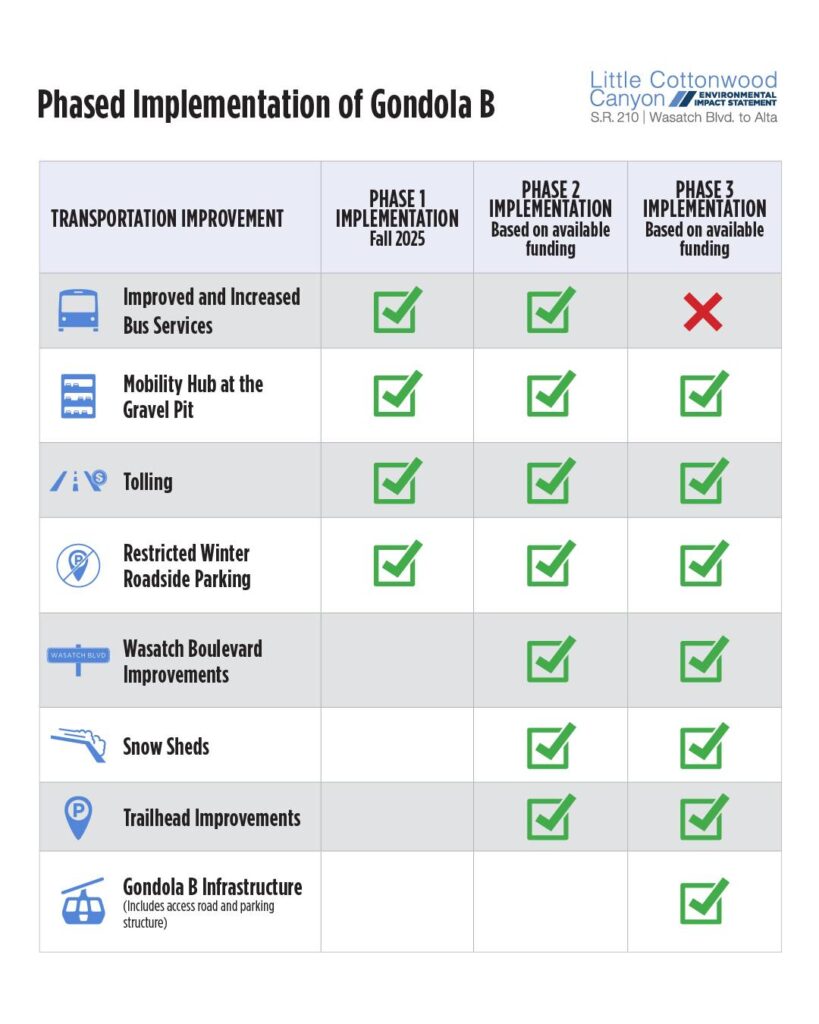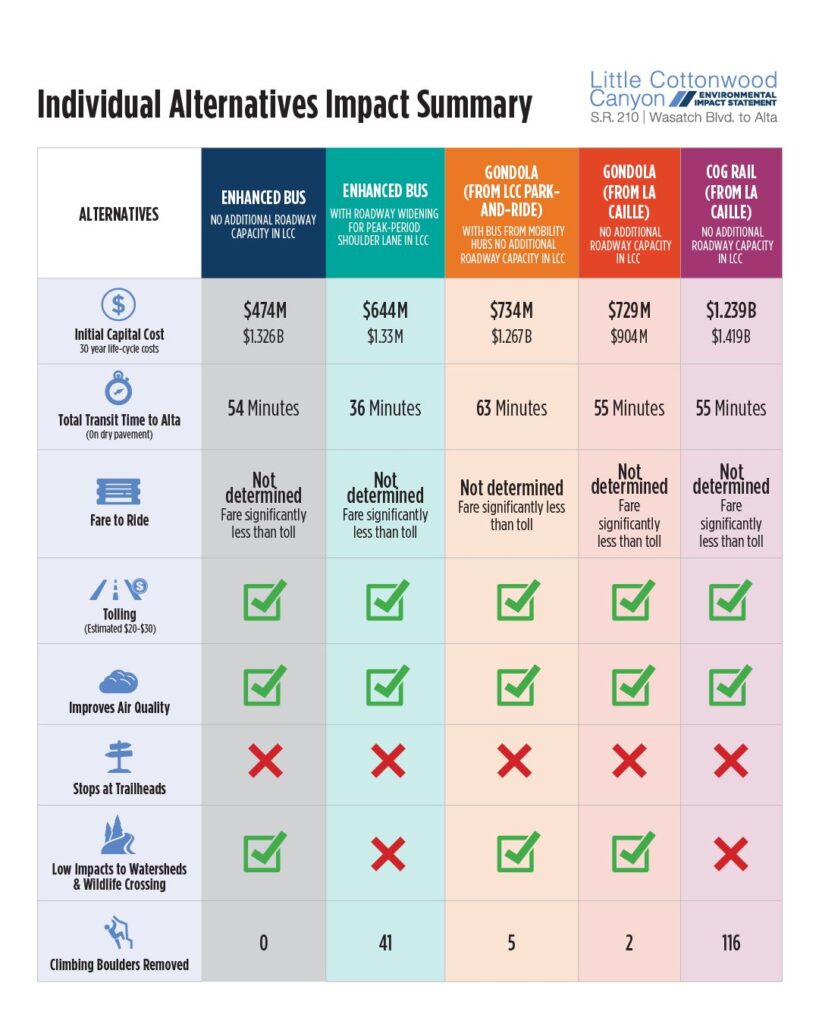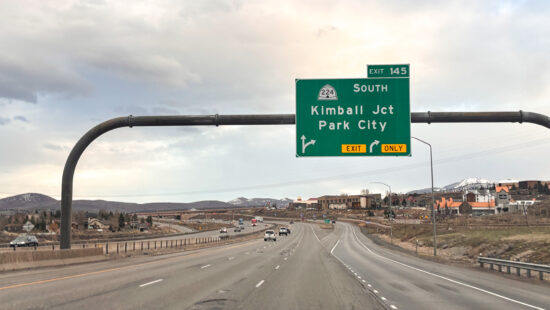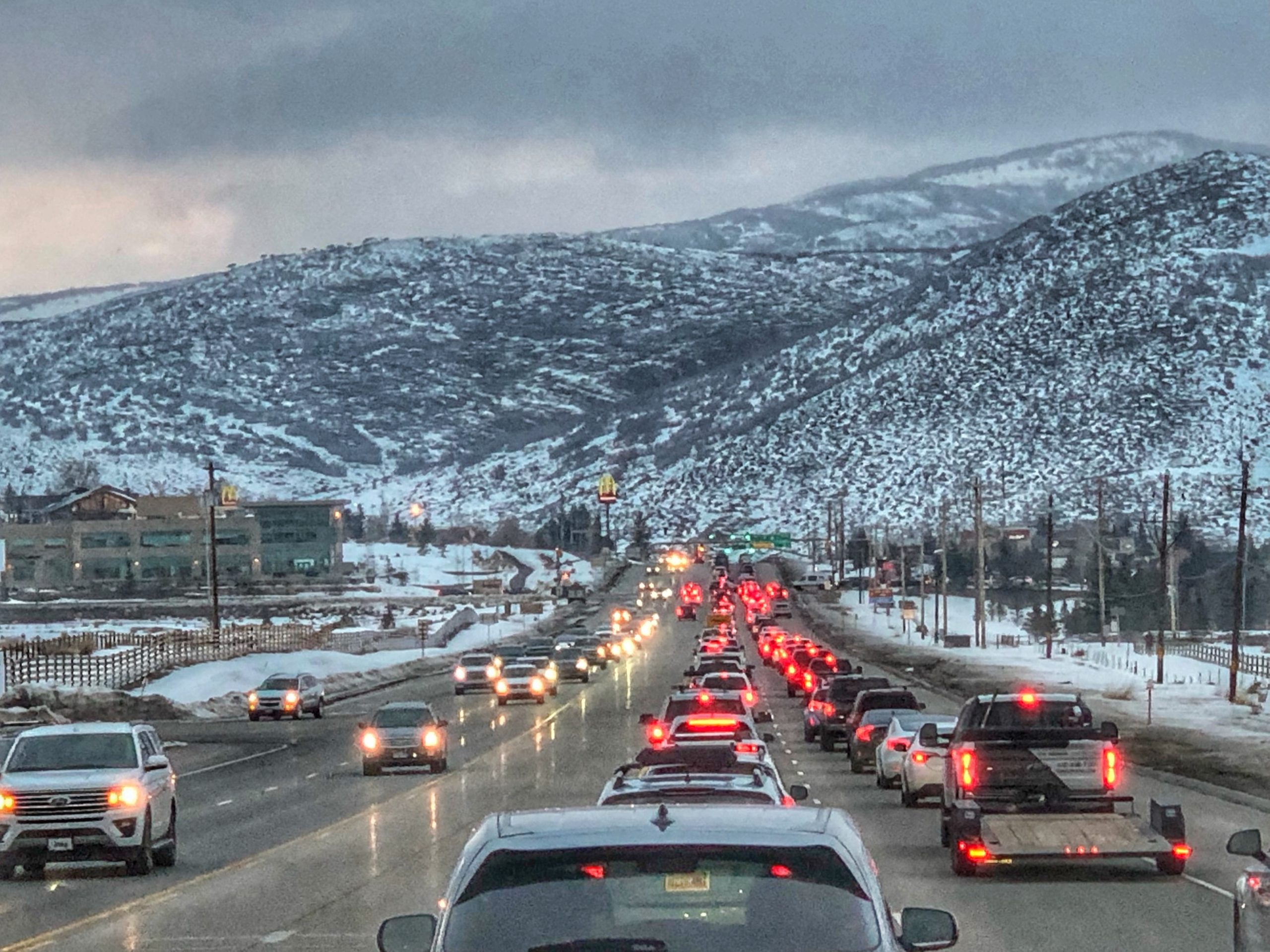News
Gondola Alternative B moves forward for Little Cottonwood Canyon
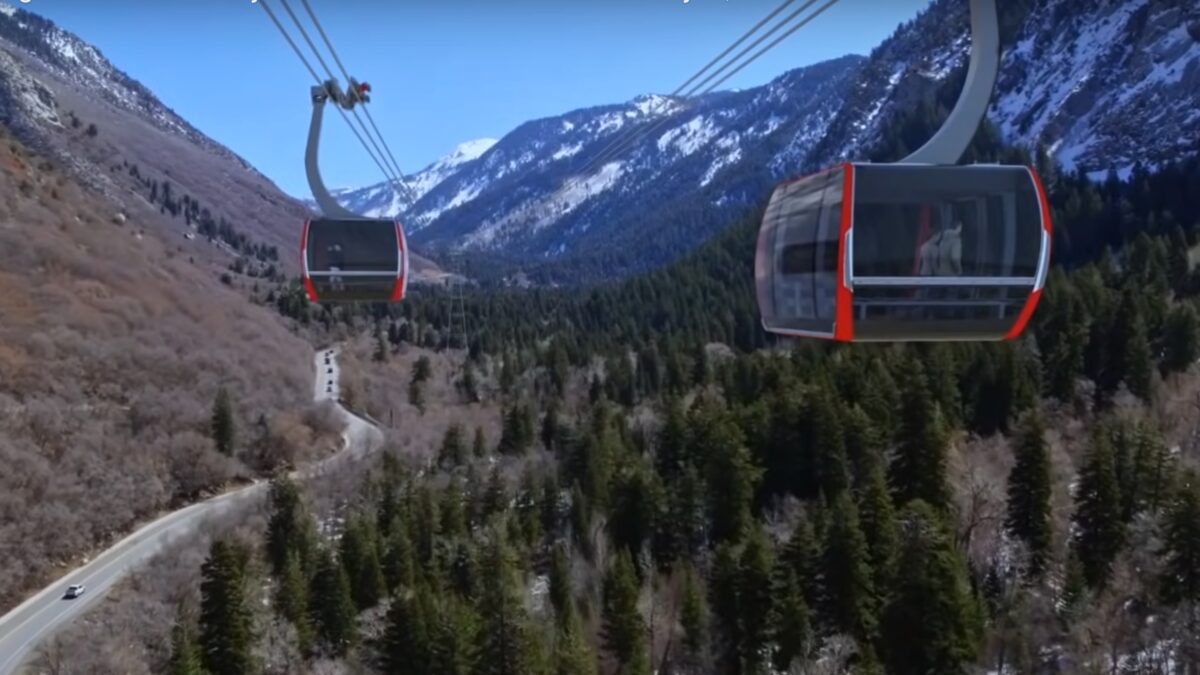
The proposed gondola route in Little Cottonwood Canyon. Photo: Courtesy of UDOT
LITTLE COTTONWOOD CANYON, Utah — The Utah Department of Transportation (UDOT) announced its decision today to move forward with implementing a gondola and improved bus services in Little Cottonwood Canyon to address traffic concerns.
In UDOT’s Record of Decision (ROD) for the Little Cottonwood Canyon Environmental Impact Statement (EIS), the final step in the EIS process, the organization selected Gondola Alternative B.
This alternative will be implemented in three phases with planning and design for the first phase slated to begin this summer. The first phase is funded by S.B. 2, and includes improved bus service. The alternative’s second and third phases, which include improvements to Wasatch Boulevard and the construction of a gondola, will be constructed when funding becomes available from the Utah State Legislature.
“Gondola Alternative B, with phased implementation, overall best meets the project purpose and need and the short and long term transportation needs for the canyon,” said a statement from UDOT. “The gondola provides the highest travel reliability, as it can operate independently of S.R. 210, avoiding delays related to adverse weather, crashes, slide offs, and slow moving traffic. While the gondola does have high visual impacts, it has low impacts to the watershed, wildlife movement, and climbing boulders, along with low operations and maintenance costs. Full implementation of Gondola B depends on available funding.”
“This decision will help improve transportation in Little Cottonwood Canyon now and into the future,” said Josh Van Jura, the UDOT Trails and Group director and Little Cottonwood EIS project manager. “It took more than five years of thorough research, analysis, engineering, public outreach, and the careful review of roughly 50,000 formal public comments, more than any previous environmental study in UDOT’s history, to come to this decision.”
PHASE 1: When implemented, Phase 1 will include improved and increased bus service scaled to meet demand (with no canyon roadway widening), constructing resort bus stops and a mobility hub at the Gravel Pit, tolling, and winter roadside parking restrictions. Increased bus service, tolling and resort stops will be assessed further for Big Cottonwood Canyon in Phase 1. This first phase is anticipated to be operational in the fall of 2025.
PHASE 2: Based on available funding, Phase 2 improvements will include widening and other improvements to Wasatch Boulevard, constructing snow sheds, and implementing trailhead parking improvements.
PHASE 3: Implementation of Gondola Alternative B in Phase 3 is dependent on available funding. During this phase, UDOT will construct a base station with 2,500 parking spaces near the mouth of Little Cottonwood Canyon where all users would travel directly to the base station without needing to take a bus from a mobility hub. Each gondola cabin would hold up to 35 people, and travelers could expect a cabin to arrive every two minutes. Once the gondola is operational in Phase 3, bus service in Little Cottonwood Canyon would be discontinued.
“Transportation improvements in Little Cottonwood Canyon at all phases will improve air quality, protect the watershed, and increase the quality of life for residents and canyon users by reducing traffic congestion as private vehicles shift to transit,” Van Jura said. “The transit-based actions in Phases 1 and 3 demonstrate a commitment in shifting to multimodal transportation solutions for everyone.”
Appreciate the coverage? Help keep Park City informed.
TownLift is powered by our community. If you value independent, local news that keeps Park City connected and in the know, consider supporting our newsroom.

